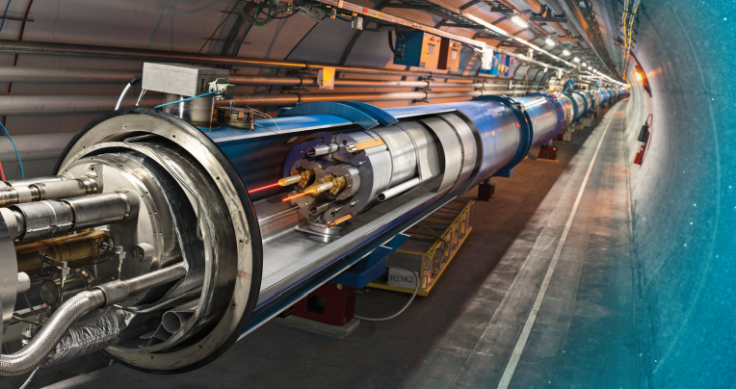Matter-Antimatter Asymmetry: CERN Experiments On Particles Containing Charm Quark Fail To Detect CP Violation

Why is there something rather than nothing? This is a question that has, for the longest time, perplexed physicists.
If our current understanding of the universe is correct, it should not even exist. The very fact that planets, stars and galaxies exist undercuts one of the most fundamental premises of particle physics — that the Big Bang, which created our universe 13.8 billion years ago, created equal amounts of matter and antimatter.
If this really happened, why, given that matter and antimatter particles annihilate each other when they collide, does anything exist at all? Why do you and I exist when the laws of physics, as we know them, seem to dictate that the cosmos should be nothing but a wasteland strewn with leftover energy?
Obviously, as attested by the fact that we exist, there is a fundamental difference between matter and antimatter. Either significantly more matter was created by the Big Bang, or there is a fundamental, as-of-yet-undiscovered asymmetry between matter particles and their antimatter counterparts — one that would have given the former an edge over the latter in the race for survival.
The quest to discover this asymmetry is a goal that has witnessed the involvement of several particle physicists from across the world, including researchers at the European Organization for Nuclear Research (CERN) — the institution that houses the world’s most powerful particle collider.
On Wednesday, researchers associated with the LHCb experiment at the Large Hadron Collider announced that they had made the most precise measurement of Charge-Parity (CP) violation among particles containing a charm quark.
Quarks, the fundamental particles that make up protons and neutrons, come in six different “flavors” — up, down, strange, top, bottom and charm. Each quark has an antimatter equivalent known as antiquark. Both protons and neutrons — contained within the nucleus of an atom — are made up of three quarks bound together.
The Standard Model of particle physics, which describes how three of the four known fundamental forces work, has a central tenet — charge-parity symmetry, which posits that the laws of physics remain unchanged even if a particle is replaced with its antiparticle, which has the opposite charge, and if its spatial coordinates are inverted.
If a significant violation of CP symmetry is detected, it would not only hint at the existence of physics beyond the Standard Model, it would also help us understand why the universe is completely devoid of antimatter.
So far, however, the extent of CP violation detected among elementary particles is not significant enough to explain the observed matter-antimatter asymmetry — something that was further confirmed by the precise measurements carried out by LHCb researchers.
“The LHCb collaboration made a precise comparison between the decay lifetime of a particle called a D0meson (formed by a charm quark and an up antiquark) and its anti-matter counterpart D0 (formed by an charm antiquark and up quark), when decaying either to a pair of pions or a pair of kaons. Any difference in these lifetimes would provide strong evidence that an additional source of CP violation is at work,” CERN said in the statement. “The latest results indicate that the lifetimes of the D0 and D0 particles, measured using their decays to pions or kaons, are still consistent, thereby demonstrating that any CP violation effect that is present must indeed be at a tiny level.”
© Copyright IBTimes 2025. All rights reserved.






















